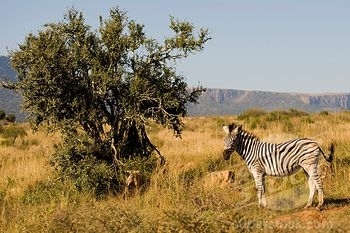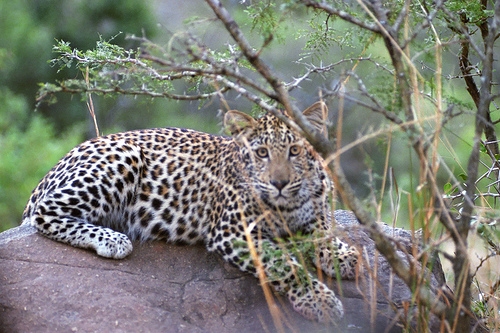 Last week, I was invited by Leadership for Conservation in Africa (LCA) to attend their Council in South Africa. LCA is a fascinating organisation that defines its mission as “to harness the collective will and capacity of business and conservation leaders to actively support conservation and related socio-economic development in Africa”.
Last week, I was invited by Leadership for Conservation in Africa (LCA) to attend their Council in South Africa. LCA is a fascinating organisation that defines its mission as “to harness the collective will and capacity of business and conservation leaders to actively support conservation and related socio-economic development in Africa”.
Participated to the Council about 70 representatives from african wildlife parks, throughout the continent as well as NGOs, governments and experts focusing on conservation issues.
LCA people are an outstanding network of enthusiastic and top level doers who move the lines to achieve their 20/20 vision : before 2020, put 20 million hectares of rainforest under conservation in sub-saharan Africa and save them for future generations.

Today, despite the efforts that are being done, LCA points out that many “protected” areas are under threat : continuing deforestation and a dramatic loss of biodiversity. For example, Ghana had about 8,3 million hectares of forestland fifty years ago but only 1,2 million are left today. African forest reserves contain over seven hundred different types of tropical trees. Many animal or vegetal species are endangered.
What impressed me most during the LCA meeting is the convergences with Livelihoods vision on major points.
1- Protecting wildlife areas proves to be very difficult if local communities within or around the park do net get tangible benefits out of it. If they are so poor that one way of making a living is to cut trees to
make charcoal or anything else, or poach wild animals. Beside ecotourism which represents a significant source of revenue for the local population when it is well managed, participants at the LCA meeting emphasized the importance of the “buffer zone” which is the area around the core of the protected park. How rural communities can improve their livelihoods in particular through agroforestry projects was at the center of the discussions. And how carbon finance can help those projects to scale up. Carbon intensification and food intensification are closely linked. These are areas where cooperation between Livelihoods Fund and LCA would make real sense.

2- Breaking the traditional barriers and silos to invent new solutions for conservation is an important component of the LCA approach: it was created to bridge Park management organisations, governments, ngos, and business. With a very simple principle that we share: business can and must be part of the solution. The example of the Odzala Kokoua National Park in the Republic of Congo (Brazzaville) where all stakeholders are involved seems a very promising one. Developing this new type of alliance is not an easy way. For that, we need organisations like LCA or Livelihoods which role is to be “catalysts” between the different stakeholders.
Just a beginning… Adventure to be continued
Bernard Giraud, President Livelihoods Venture

